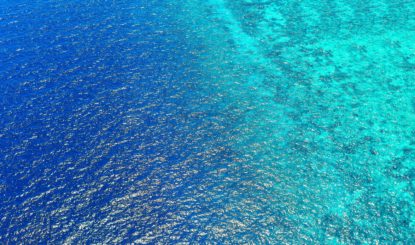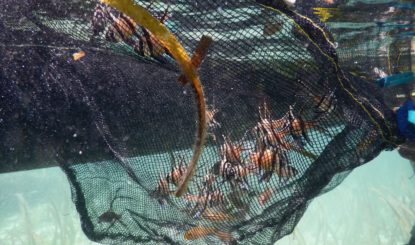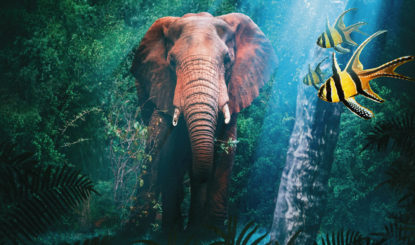Gran Seaflower
Saving an endangered coral reef
The issue
The Seaflower biosphere reserve, a listed UNESCO world heritage site as part of the Man and Biosphere Programme, is a small marine territory situated at the heart of the San Andrés archipelago in the Caribbean. The region is one of the largest biosphere reserves in the world and home to a coral reef of inestimable value.
However, the coral reef and its inhabitants are in great danger. Mass tourism in the area, establishment of industries, overexploitation of the ocean, overpopulation on neighbouring islands, pollution, and climate change have placed the reserve under unsustainable pressure, leading to the demise of the entire ecosystem.
Furthermore, compounding these challenges is the persistent international conflict concerning the sovereignty of the area. The enduring dispute between Colombia and Nicaragua over the territory has compromised the protection of the reserve.
Donation form
Our project
The challenge of territorial fragmentation in the region hinders its effective protection. Recognizing this, international cooperation among the six coastal countries (Colombia, Costa Rica, Honduras, Jamaica, Nicaragua and Panama) is vital.
Our Gran Seaflower project aims to facilitate such cooperation, focusing on expanding the reserve area to ensure the comprehensive protection of the entire ecosystem. This endeavor is crucial for the well-being of all other oceans on the planet.
The project is only possible by taking into account political and social aspects, involving close dialogue with the local communities – the Seaflower inhabitants – as well as engagement with the scientific community and NGOs operating in the region.
Our goals
- Achieve protection of the region through the creation of an international biosphere reserve, taking into account the tourist, social and economic aspects that are specific to this zone
- Promote a culture of peace towards nature
- Provide effective protection of the flora and fauna that inhabit the third-largest coral reef in the world
- Allow the San Andrés inhabitants to get involved in this project to conserve the ecosystems that surround them
- Revisit the tourism model on the archipelago
Facts and Figures
***









